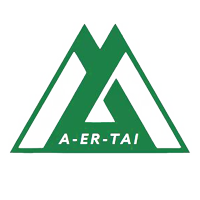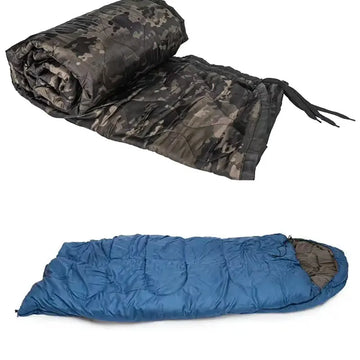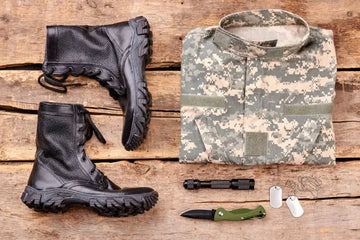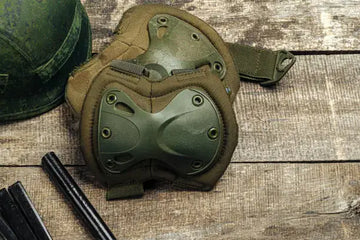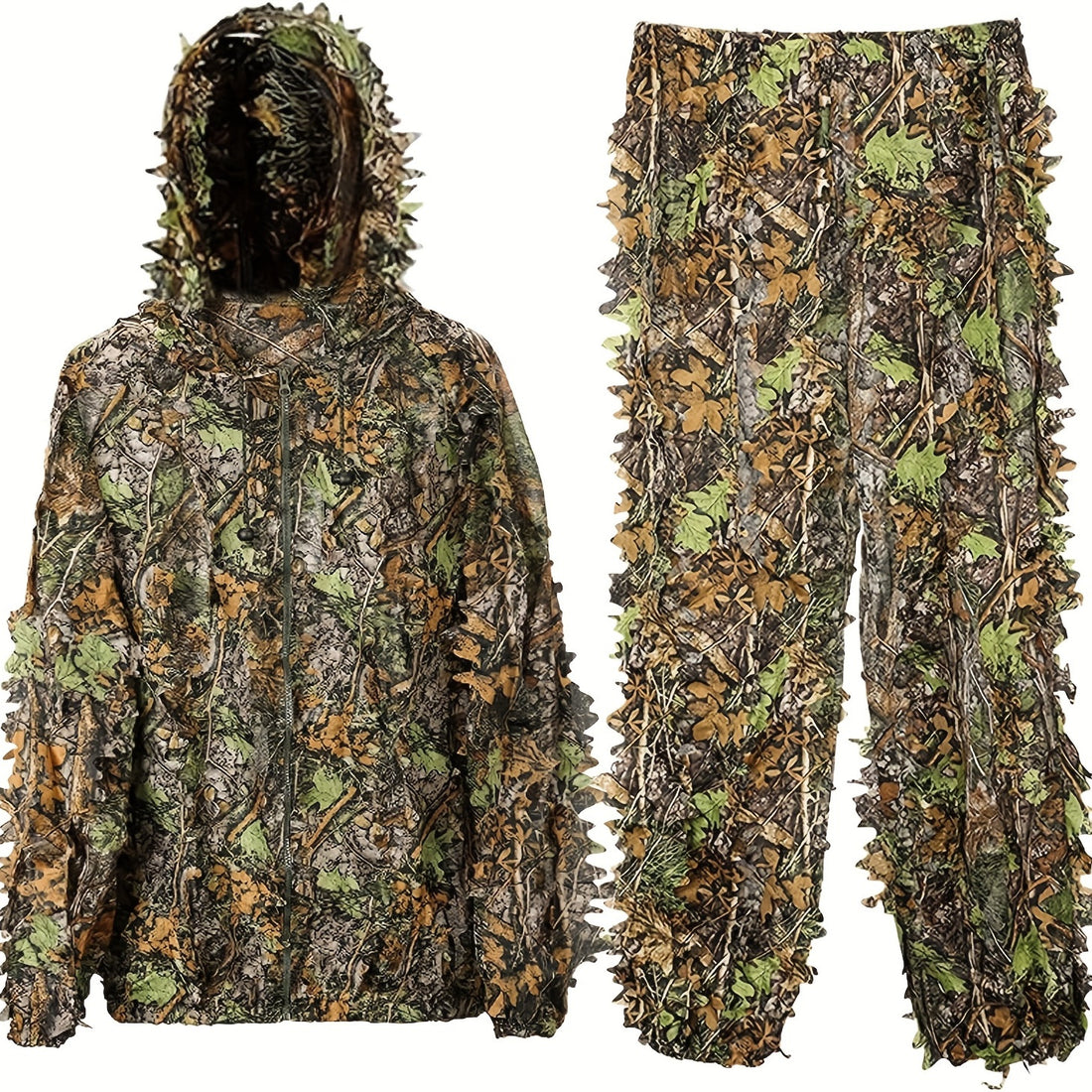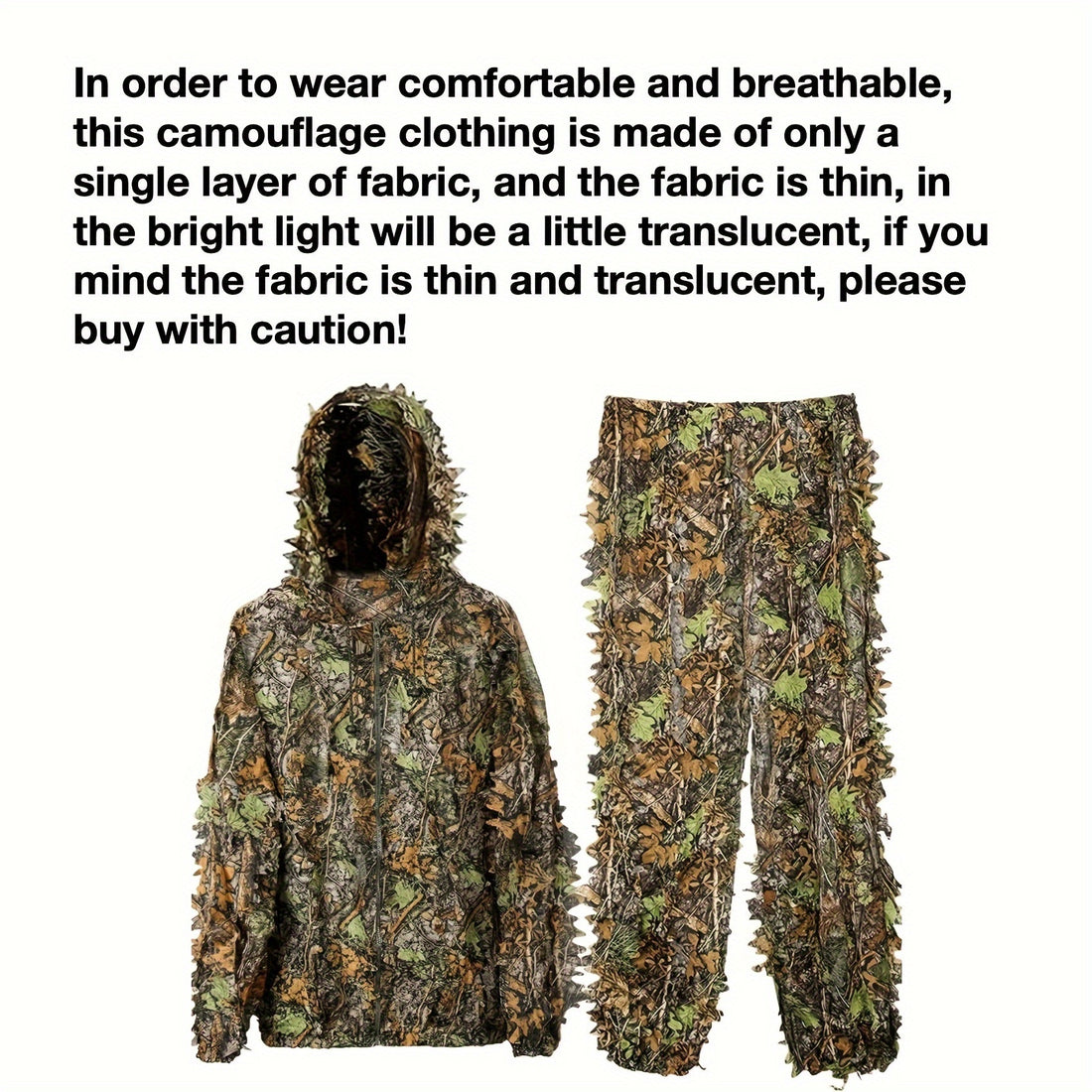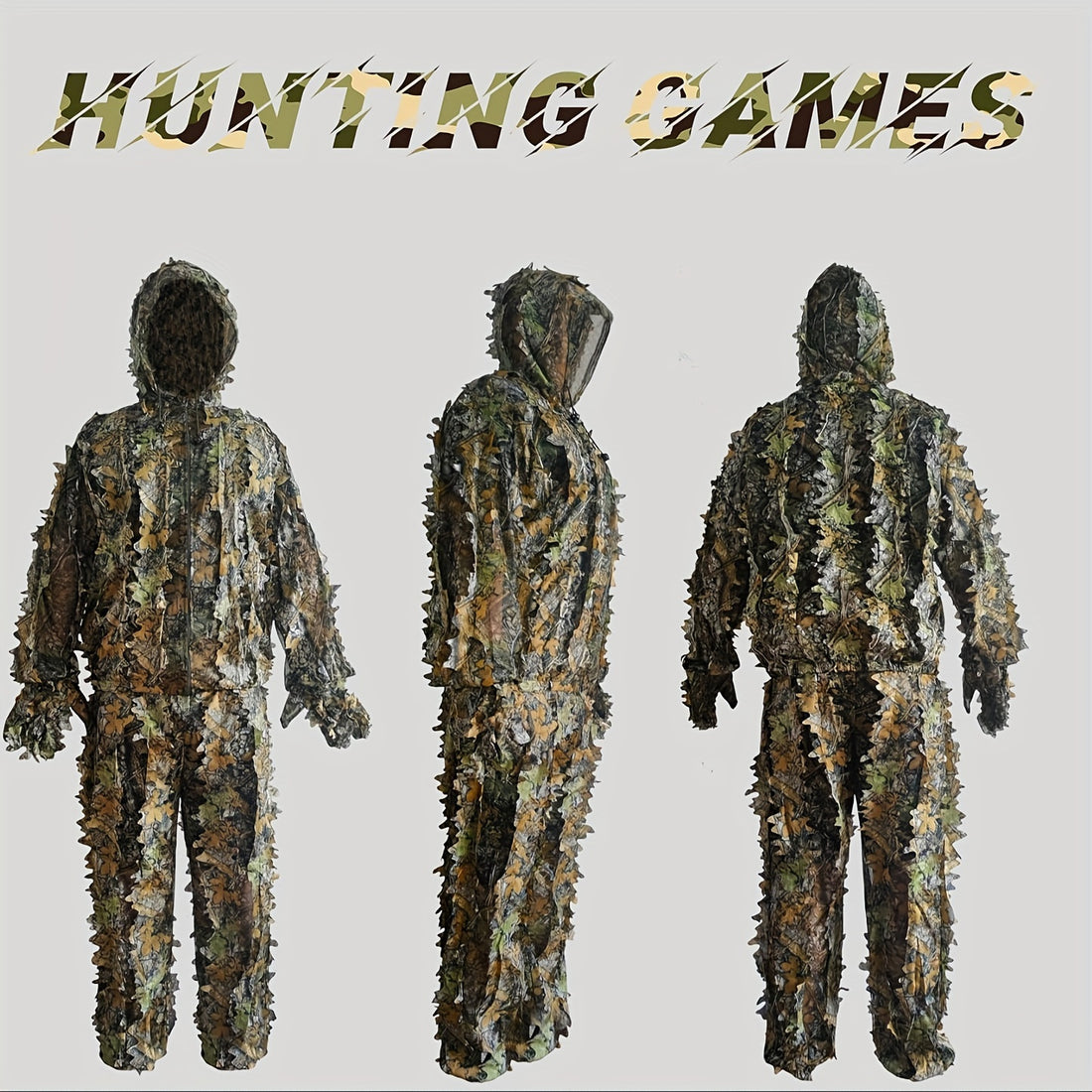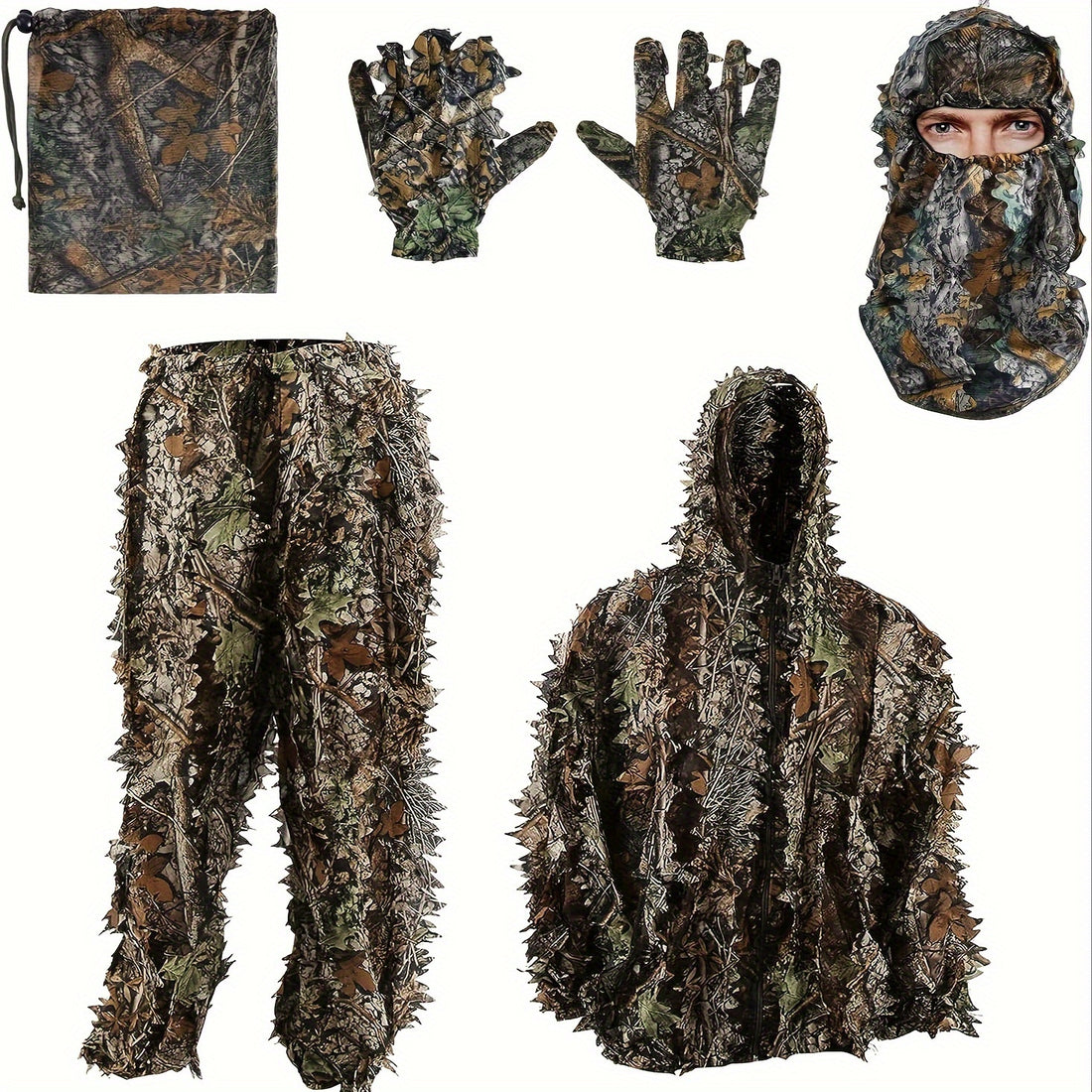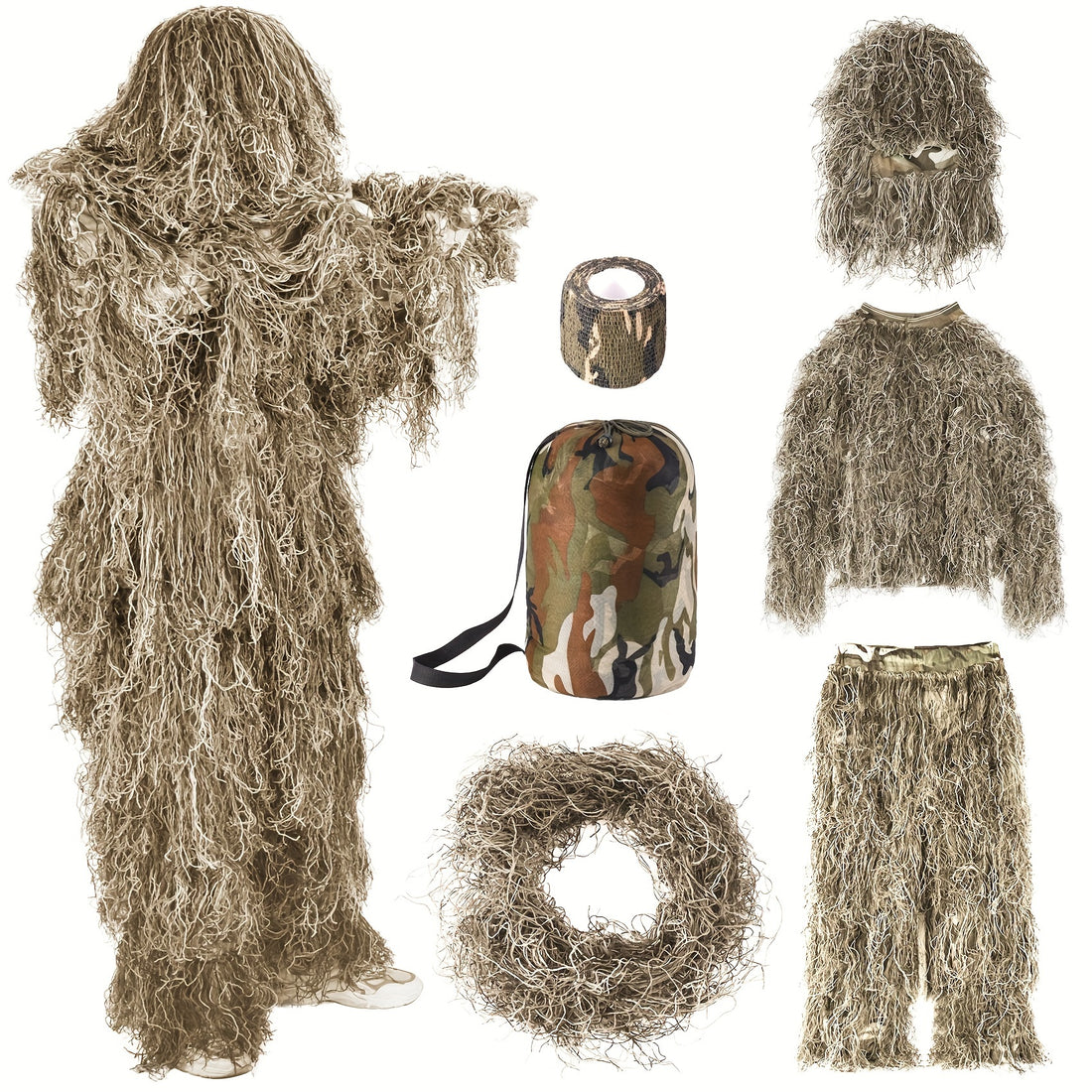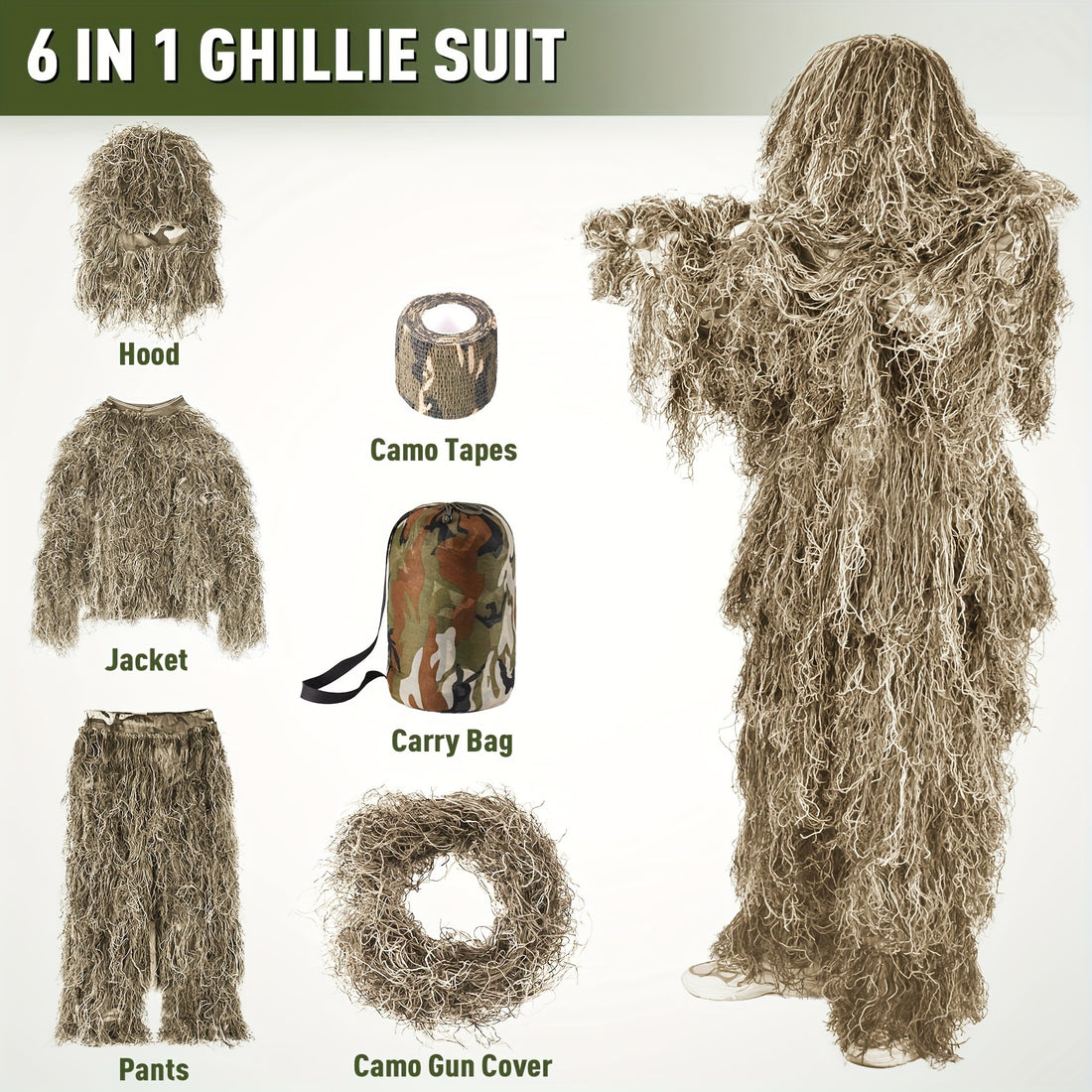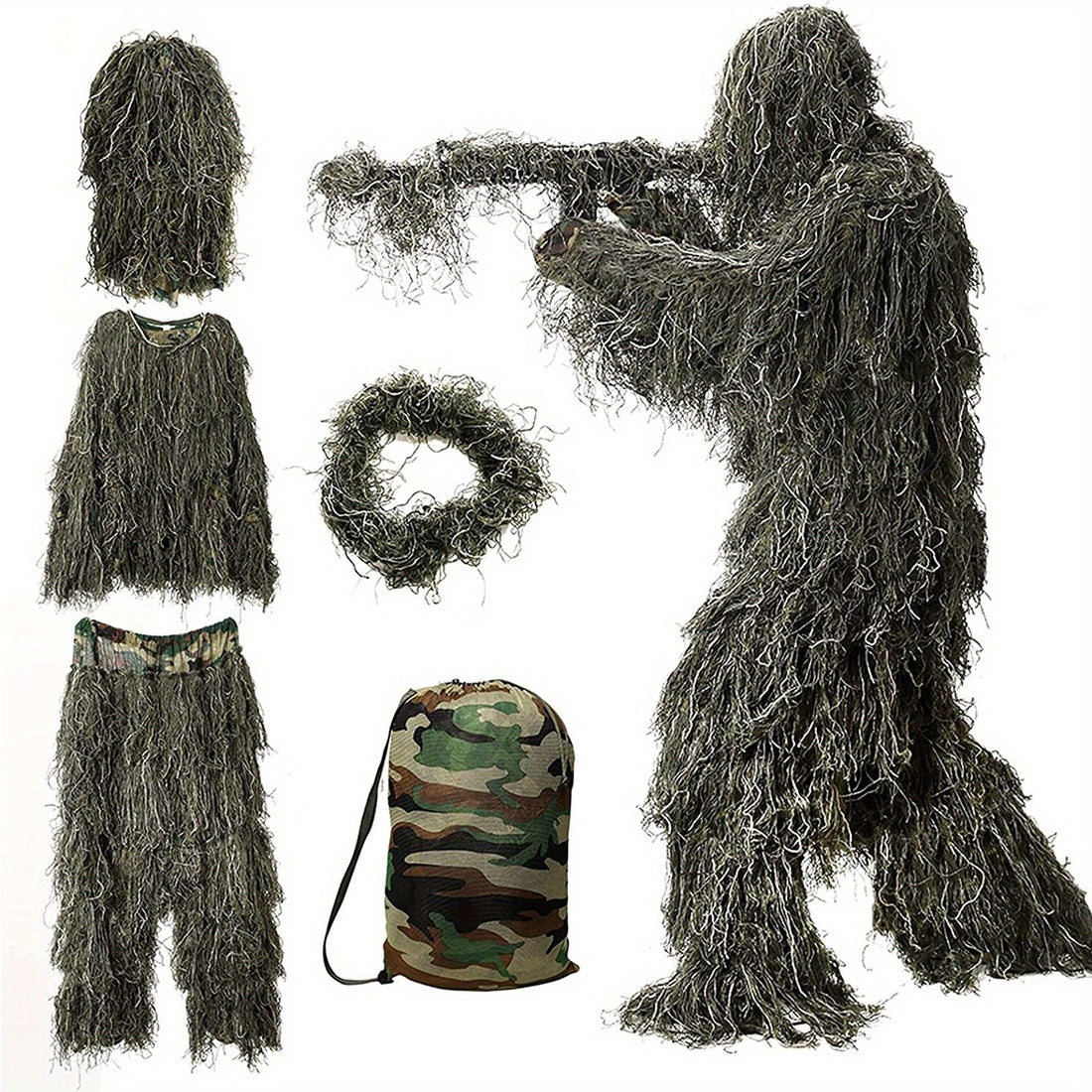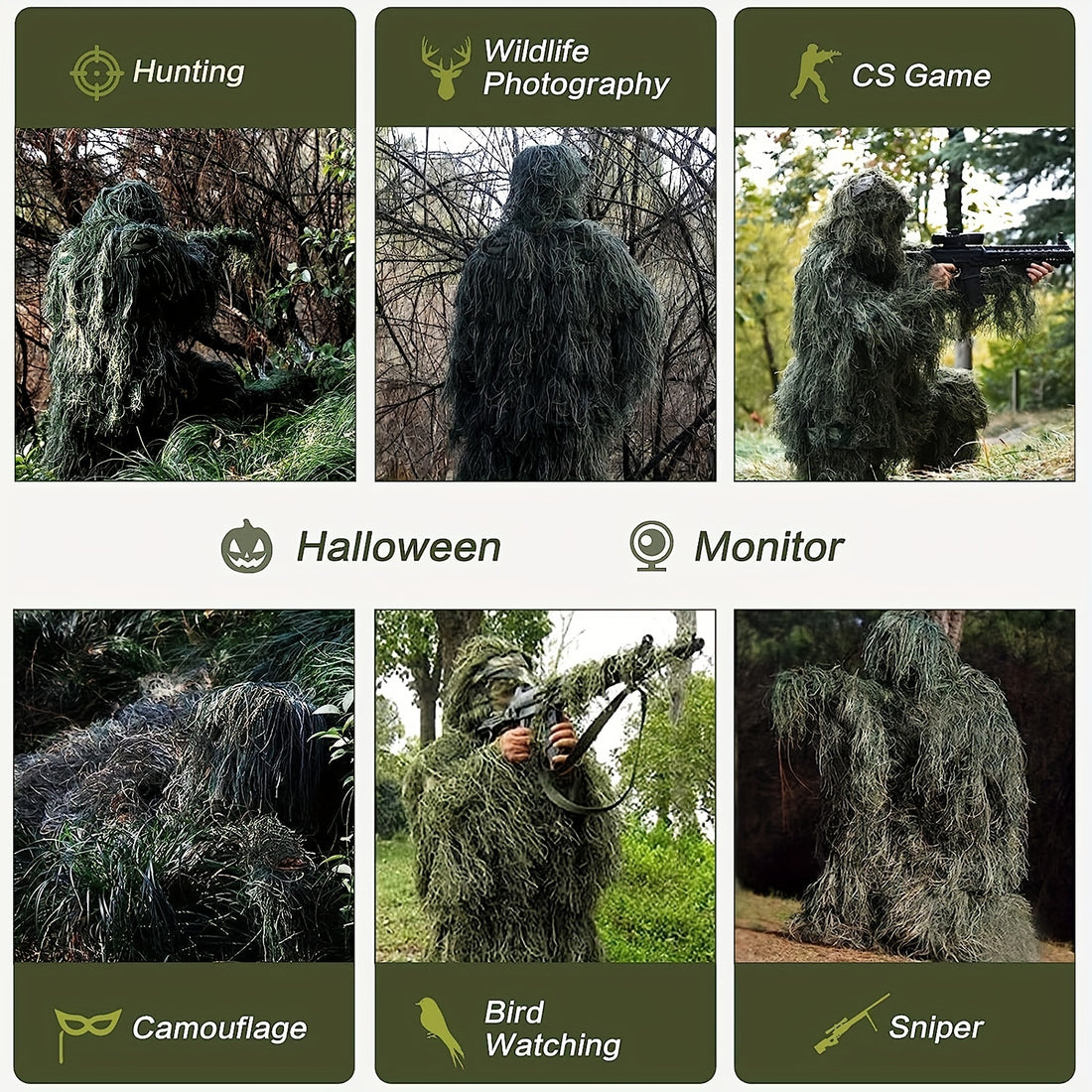Staying warm in extreme conditions supports safety and performance. Military and professional-grade cold weather gear relies on more than thick clothing; it uses a systematic approach to material science. The right materials work together to manage moisture, trap heat, and block wind, rain, and snow.
This guide covers the key materials in effective cold-weather systems. It includes their functions, benefits, and limitations.
The Foundation: Understanding the Layering System
Before exploring specific materials, it helps to know the three-layer system for managing body temperature and moisture.
-
Base Layer (Moisture Management): This layer goes next to your skin. It wicks sweat away to keep you dry and prevent chilling.
-
Mid Layer (Insulation): This layer traps the heat your body produces. It creates a warm air buffer around you.
- Outer Layer (Protection): This shell blocks wind, rain, and snow. At the same time, it lets water vapor from sweat escape to avoid overheating.
Base Layer Materials: Staying Dry from the Inside
The main goal is to pull moisture away from your skin. If sweat stays close, it can cool you quickly as it evaporates.
- Merino Wool: Merino wool is a strong option because its fibers naturally wick moisture and allow air to pass through. It holds warmth well even when wet. It also resists odors naturally, so you can wear it longer between washes. Unlike coarser wools, merino feels soft against the skin.
- Polyester and Other Synthetics: Polyester and similar synthetics are designed to wick moisture efficiently. They dry fast, last a long time, and cost less than merino wool. One downside is that they can trap body odors more easily than wool.

Mid-Layer Insulation: Trapping Body Heat
This layer focuses on holding still air to retain warmth. More trapped air means better insulation without added weight.
- Fleece: Fleece, often made from polyester, works well as a mid-layer. It offers good warmth relative to its light weight and lets air move freely. It dries quickly after getting wet. Fleece suits active movement but needs an outer layer for wind protection.
-
Synthetic Insulation (PrimaLoft, Thinsulate): These polyester-based materials act like down but perform better in wet conditions. They keep most of their warmth when damp, making them dependable for changing weather.
PrimaLoft provides a soft, packable option with good water resistance. Learn more about PrimaLoft.
Thinsulate delivers strong warmth in a thin profile, which helps in gear like gloves or boots where you need flexibility. See details on Thinsulate. - Down Insulation: Down comes from ducks or geese and excels in dry conditions with the highest warmth-to-weight ratio. It packs small and feels light. Traditional down loses insulation when wet, though. New treatments make water-resistant down more reliable in humid or snowy settings. For example, hydrophobic down repels moisture better than untreated versions.
Outer Layer Materials: Shielding from the Elements
The outer layer acts as a barrier while staying breathable to control sweat buildup.
- Waterproof Breathable Membranes (e.g., Gore-Tex): These are thin layers bonded between tough outer fabric and a soft inner lining. The membrane has microscopic pores that stop liquid water, like rain, but let vapor, like sweat, pass out. This setup supports breathability during effort in harsh weather. Visit Gore-Tex for technical specs.
-
Durable Outer Fabrics: A strong face fabric, usually high-denier nylon or polyester, guards the membrane. Nylon resists tears and abrasion well, while polyester holds up against sun damage and dries sooner. A Durable Water Repellent (DWR) coating on these fabrics helps water bead up and slide off. Over time, DWR can wear down, so reapplying it maintains performance.

Shop Our Jackets
How to Choose and Combine Materials
Match materials to your setting and how active you'll be.
-
For cold and wet areas, choose synthetic insulation like PrimaLoft with a waterproof-breathable shell like Gore-Tex. This setup handles moisture without losing warmth.
-
In very dry, extreme cold, down insulation gives efficient warmth with minimal bulk.
- For intense activities, emphasize breathability. Pair a merino or synthetic base layer with fleece mid-layer and a permeable shell.
Effective cold-weather gear builds these materials into a system that regulates the air close to your body. This keeps you warm, dry, and mobile.
To extend gear life, follow care guidelines: Wash synthetics and fleeces in cold water, and store down items loosely to avoid clumping. For sustainability, look for recycled polyester options in synthetics, which reduce environmental impact without sacrificing function.
About Us
We specialize in manufacturing and customizing tactical packs, vests, and pouches. We understand the full gear ecosystem—including the principles of insulation and weather protection—is fundamental to our design process.
For businesses seeking to develop or source reliable tactical equipment, we offer custom manufacturing and wholesale services built on 15 years of industry experience.
FAQs
1. Is synthetic insulation better than down?
Synthetic insulation, like PrimaLoft and Thinsulate, performs better in wet conditions because it retains warmth even when damp. Down offers excellent insulation but loses effectiveness if it gets wet. Synthetic options are ideal for mixed or wet weather, while down works well in dry, extremely cold climates.
2. What’s the difference between PrimaLoft and Thinsulate?
PrimaLoft is water-resistant and retains warmth when wet, making it ideal for rainy or snowy conditions. Thinsulate is very lightweight and low-profile, allowing for flexibility and easy movement in items like gloves and thinner jackets.
3. What makes Merino wool better for base layers?
Merino wool is softer than traditional wool, making it comfortable against the skin. It also wicks moisture, regulates temperature, and is odor-resistant, which is perfect for a base layer worn close to the body.
